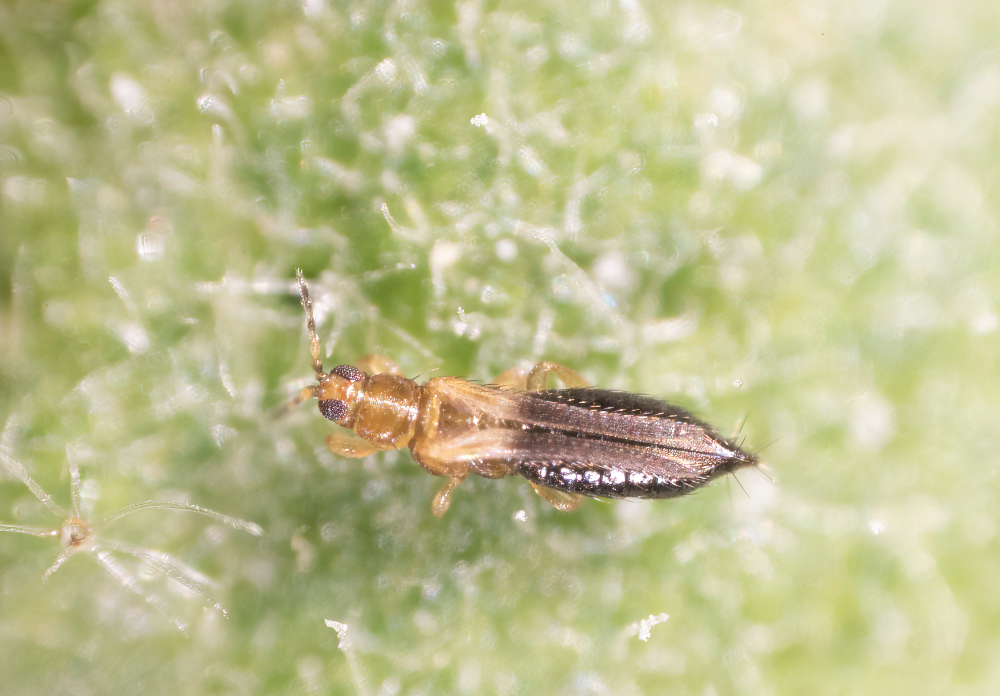
By Clint Thompson
Anna Meszaros, University of Florida Institute of Food and Agricultural Sciences Extension commercial horticulture agent in West Palm Beach, Florida, implores vegetable farmers to scout diligently for Thrips (T.) parvispinus.

The pest was most recently observed on cucumber, squash and zucchini for the first time last spring. Meszaros discussed the issue during Wednesday’s seminar session at the Citrus and Specialty Crop Expo in Tampa, Florida.
“I think the first time we saw this it kind of caught us off guard. That’s why we have to identify the pest,” Meszaros said. “It’s obviously important to record identification, because the first symptoms really look like broad mites. If a grower keeps spraying something against broad mites, it won’t do anything for thrips. Again, scouting, it’s going to be really important, and we have to start applying (insecticides) as soon as we see them, especially on peppers, because this is where we saw the most damage.”
If growers observe the species this upcoming season, they should contact UF/IFAS and contribute to the South Florida Pest and Disease Hotline. Producers should consider insecticides that have documented thrips activity, though, there has not been conclusive insecticide screenings conducted on vegetables so far.
“Managing T. parvispinus will be challenging and will require an integrated approach to complement insecticide applications. The development of production practices reducing thrips populations and the use of natural enemies including predators and pathogens should be studied for integration with insecticide use,” Meszaros said.










